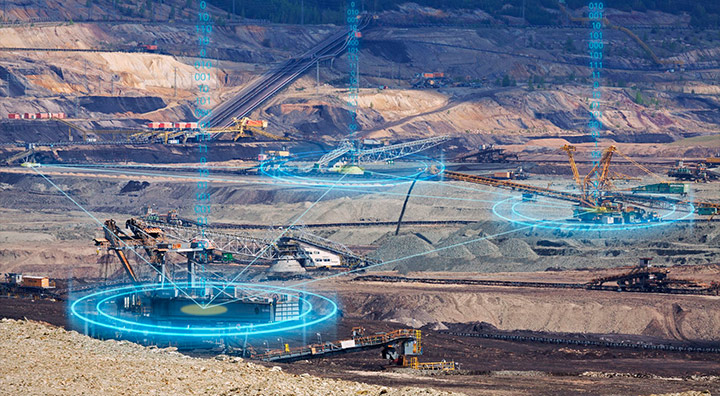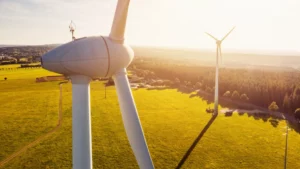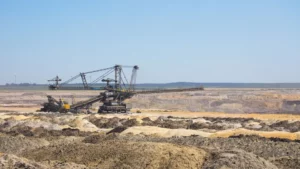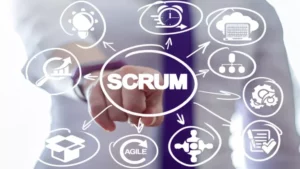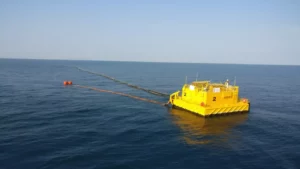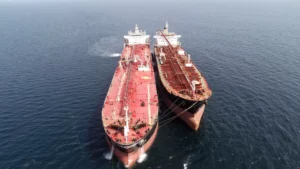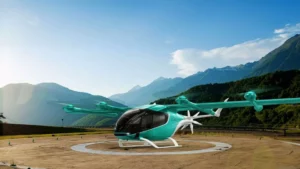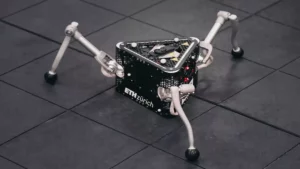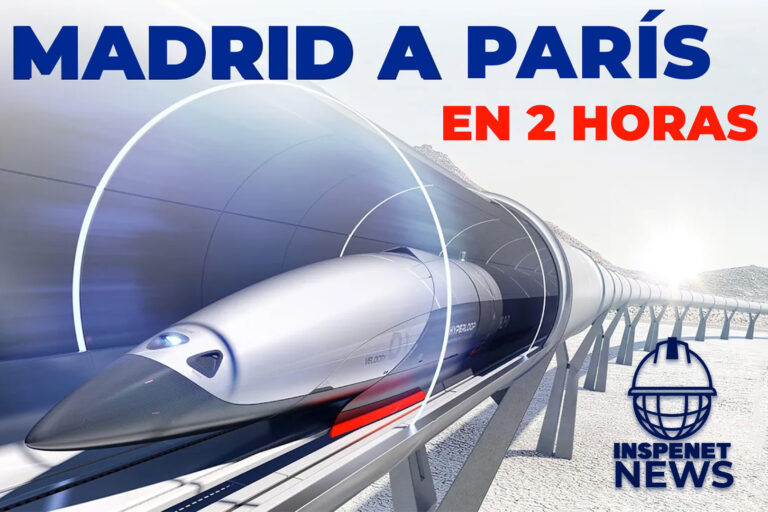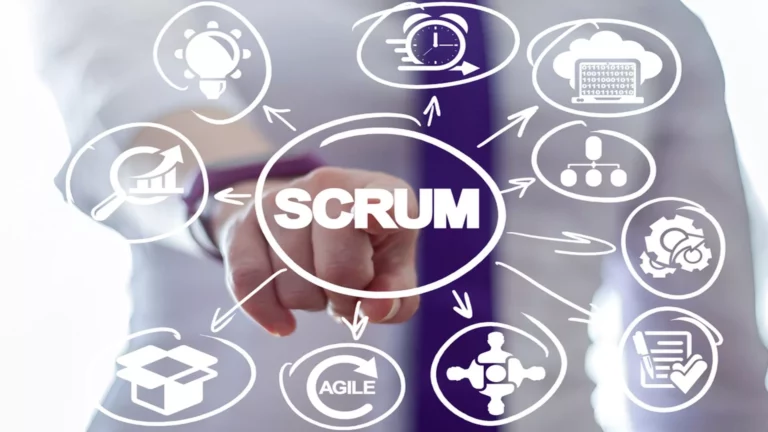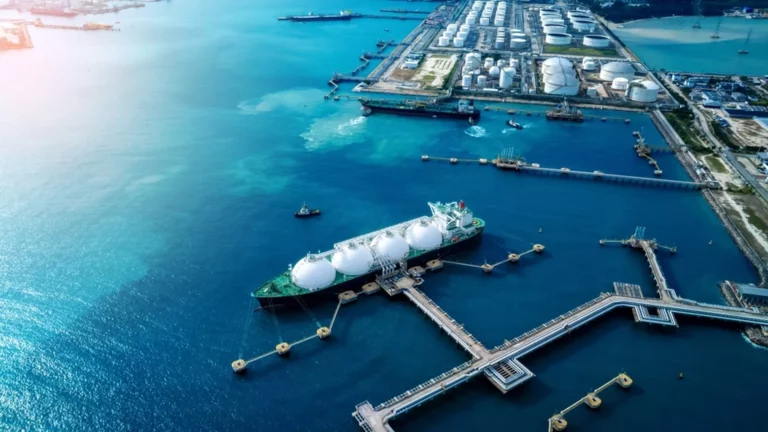Author: Ing. Euclides Quiñonez, October 2, 2023
Introduction
Since the discovery of minerals and their use in life, we have never stopped searching for them, exploiting them and expanding their various applications.
This activity of exploration, acquisition, extraction and exploitation of mineral wealth, throughout history, has been fundamental in the economic development of numerous countries around the world. However, like any other industry, mining has faced challenges and has had to adapt to the changing demands of society and the market.
In recent years, digitalization has become a relevant factor that is radically changing the way mining operations are carried out and how greater efficiency is achieved in the sector. In this article, we will explore the impact of digitalization in mining, focusing on how it is changing industrial dynamics and improving operational efficiency.
Digitize the mining industry
Digitalization in mining refers to the integration of advanced digital technologies at all stages of the mining process, from exploration and extraction to mineral processing and transportation. This is based on the automation of critical processes, the interconnection of devices, the massive collection of data and its subsequent analysis.
Achieving transformative growth through digitalization often requires significant investment in infrastructure and systems, as well as coordination between supply chain partners, stakeholders and operations staff.
To successfully adapt to this change, mining companies must modify their business models to become more agile, fostering collaboration across the ecosystem, creating strategic partnerships and investing in mining technology and in skills development and research.
Current state of digitalization in mining
Automation is nothing new in the mining sector . Most companies have been automating certain parts of their processes for years, so they already have some of the prerequisites to use it. However, as shown by the Boston Consulting Group (BCG), through its 2021 Digital Acceleration Index (DAI), mining is far behind other industrial sectors, having up to 40% less digital maturity.
How to promote digital transformation in the mining industry?
For decades, this industry has worked to create innovative solutions that increase productivity or solve challenges. Automation laid the data-driven digital foundation in mining. The idea is very simple: the more knowledge you have, the smarter the decisions you make will be.
With the enormous amount of data available, it is possible to learn about how a mine is operating. In fact, it’s too much for any human operator to process. That is where digital technologies come into play, which will be increasingly applied in the mining sector, including artificial intelligence (AI) analysis, Big Data, Cloud Technologies, Machine Learning, Digital Twins, Augmented Reality, IoT, autonomous vehicles, industrial robotics and smart sensors, among others. With these tools, the necessary data is taken, turning it into decisions. In figure 1 you can see a representative image of the combination of robotics

Essential technologies in mining digitalization
We must highlight that the benefits of digital transformation can only be obtained when the data generated is appropriately stored. No digital transformation is complete without the support of data centers to carry out an effective application for which the following are required:
- The technological infrastructure must be ready to capture and store large volumes of data generated by sensors, machinery, vehicles and other systems. This also means investing in robust hardware and scalable storage solutions.
- An efficient data management system must be implemented that allows the collection, cleaning and processing of information quickly and accurately.
- The connectivity between sensors, machinery and equipment, together with the combination with IoT (Internet of Things) technologies, ensures that real-time information can be obtained on the performance of mining operations.
- Once the data is available, machine learning algorithms and predictive analytics must be applied to identify patterns, trends, and opportunities for improvement.
- Finally, cybersecurity must be a priority to protect this valuable data and ensure the integrity of operations .
Tools for digitalization in mining
Some of the most important tools to apply in the digitalization of the mining industry are:
- Big Data: It is capable of quickly and reliably capturing, storing, managing and processing large amounts of data. Fundamentally, it focuses on predictive analysis and detecting trends. It does this using different techniques, including data mining. Through the definition of models and the use of different technologies, the aim is to convert data into a highly valuable asset. With the use of Big Data, specialists can see what geological, physical, chemical and biological characteristics are necessary for mineral presence. It is there that it is possible to predict what minerals might be missing, as well as where to go to find new sources.
- Machine Learning: Mining generates large amounts of data in real time. The ability to analyze and extract valuable information from this data is necessary for strategic decision making. Advanced analytics techniques, such as Machine Learning, allow you to predict problems and optimize production.
- Automation and robotics: Process automation in mining has improved safety and efficiency. From autonomous trucks to robot-controlled drilling rigs, these technologies reduce risks to workers, increase productivity, and send field data for processing.
- Internet of Things (IoT): It allows the connection of machines, equipment, devices and sensors through the Internet, which interact and exchange information in real time. IoT has allowed mining companies to connect and monitor equipment and machinery in real time. Sensors installed on equipment, heavy machinery and other assets collect data such as temperature, pressure, vibration and location, enabling predictive maintenance and more informed decision making.
- Digital twin: A digital twin is the virtual representation of an object that incorporates real-time data that can be captured using sensors or data analysis technologies. It is a technology that merges the Internet of Things (loT), Artificial Intelligence (AI), Machine Learning and data analysis. It is a booming technology developed in the Fourth Industrial Revolution (4.0). These virtual replicas allow you to analyze real processes, experiment with physical objects that already exist, and create hypothetical scenarios to predict behavior. You can design a virtual twin of anything from a turbine to an entire city.
- Augmented Reality (AR) and Virtual Reality (VR): AR allows operators to obtain real-time information about the status of equipment and machinery by scanning a QR code from their cell phone or tablet, and at the same time serves as a tool to schedule repairs or notify about permit expiration dates. VR is taking over training centers. Mining companies can choose virtual reality simulations to train their operators, allowing them to reduce training costs and time compared to traditional methods. On the other hand, they promote the participation of operators, achieving greater retention of content and consequently greater effectiveness in training.
Industrial transformation
Digitalization has driven an industrial transformation in mining that covers several aspects such as:
- More precise exploration: Satellite imaging technologies and drones equipped with advanced sensors have revolutionized the way mining exploration is carried out. Accurate large-scale data collection has led to the identification of mineral deposits more quickly and accurately.
- Safer operations: Automation and the use of autonomous vehicles reduce workers’ exposure to hazardous environments. Additionally, safety monitoring systems can detect and prevent accidents before they occur.
- Remote control mining: Digitalization has allowed mining operations to be managed remotely, which has proven essential during emergency situations, such as the COVID-19 pandemic.
- Optimization of processes: Advanced analytics and automation enable more efficient production, reducing waste and operating costs.
Operating efficiency
One of the most notable aspects of digitalization in mining is its impact on operational efficiency. Some ways this is achieved are:
- Predictive Maintenance: Constant monitoring and data delivery of equipment and machinery allows problems to be detected before major failures occur, reducing unplanned downtime.
- Resource Optimization : Machine learning algorithms analyze real-time data to make informed decisions about allocating resources, such as vehicles and personnel, to optimize production.
- Reduced energy costs: Automation allows for more efficient use of energy, reducing costs and minimizing environmental impact.
- Improvement in job security: Digitalization not only automates dangerous tasks, but also improves safety through early warning systems and virtual training.
Challenges of digitalization in mining
Despite the obvious benefits, mining also presents major digital transformation challenges. Those that most arouse the interest and concern of specialists in the sector are the following.
- The initial investment in technology and cybersecurity has high costs for its implementation. These systems can be expensive, which can be a barrier for some industries, especially small ones. However, the medium or long-term benefits usually exceed the initial costs, clearly justifying the investment.
- Address environmental and social concerns related to mining, even when adopting advanced technologies.
- Data protection and compliance with regulations that address the protection, privacy and transfer of personal data such as the Personal Information Protection Law and the European General Data Protection Regulation.
- Talent development by digitally literate workers. A workforce trained in digital technologies is essential. Mining companies must attract and retain talent by offering training programs.
- Create a digital culture within organizations and provide opportunities for improvement and encourage research, innovation and promote successful digital strategies.
Conclusion
Digitalization is changing the mining industry by improving operational efficiency and safety, while driving greater social and environmental responsibility. As mining adapts to this new digital era, it is essential that companies address the challenges and make the most of the opportunities that technology offers. The key to success in this digital environment lies in the ability to effectively adopt emerging technologies and maintain a focus on long-term sustainability.
Digital mining is not just an evolution, but a revolution that is shaping a more efficient and sustainable future for one of the world’s oldest industries. Digitalization in mining not only improves productivity, but also contributes to the well-being of communities and the care of the planet, making it an essential advance in the global mining industry.
References
- https://www.analyticsinsight.net/driving-digital-transformation-in-the-mining-industry/
- https://www.digitec.com.ec/web/noticia/item/mineria-40-el-futuro-llega-con-mejoras-en-la-conectividad-y-menor-impacto-ambiental
- https://www.cygnetise.com/blog/digitalisation-mining

